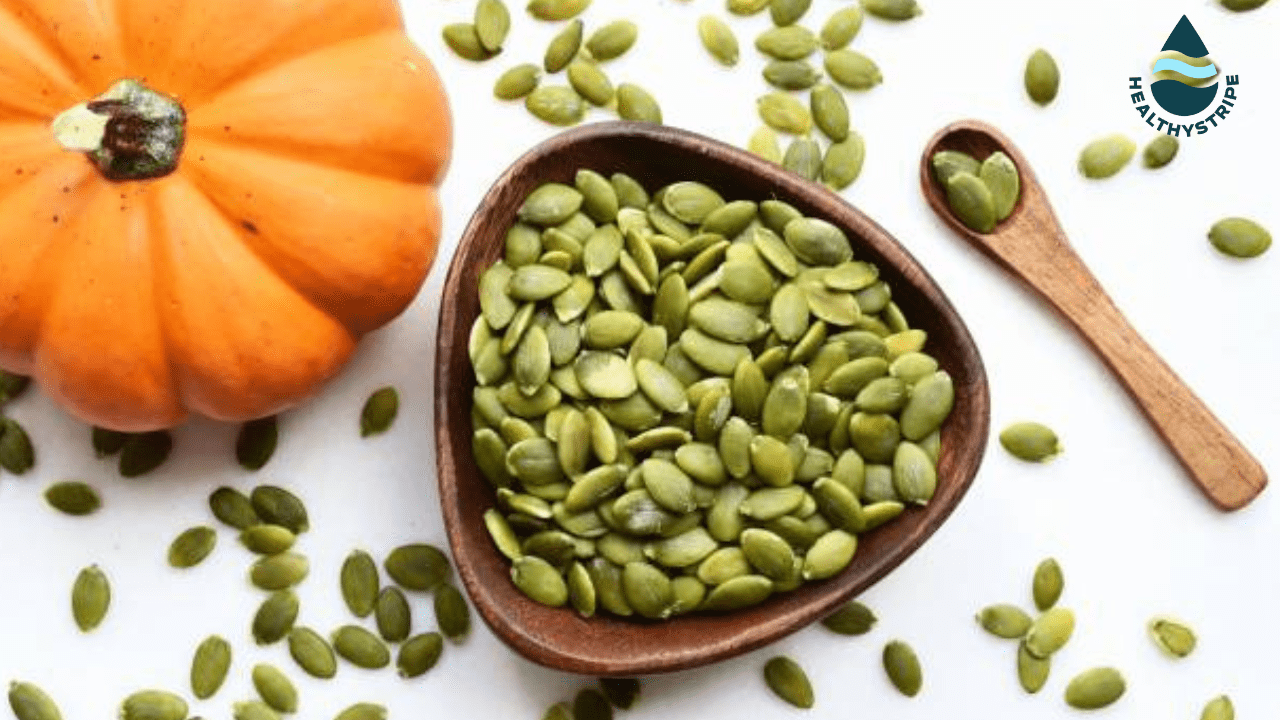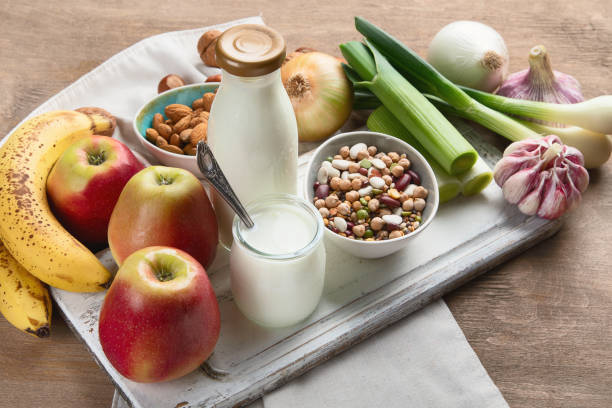
Are you a sugar lover trying to lose some pounds via keto? If that’s a yes, your burning question must be, “How much sugar on keto is allowed?” Well, you’re in for a treat! The Keto diet has been a hot topic in the health and wellness World. It promises remarkable weight loss while keeping you in tip-top shape.
On a ketogenic journey, it’s all about low carbs and high fats, setting the stage for your body to become a fat-burning machine. While staying on the low-carbohydrate bites, where do your sweet cravings fit in? How much sugar on keto is allowed?
Fear not, for this article is holding the sweet answers to all your queries like the sugar limits in keto, discovering sugar alternatives, and picking up some yummy tips to stay in ketosis on a sugary diet. Let’s dig deeper into the keto-sugar relationship.
What is a ketogenic diet?
The National Library of Health says it is all about eating a lot of fat, moderate protein, and few carbs. Picture it like this: your plate is filled chiefly with fats (about 55% to 60%), followed by some protein (around 30% to 35%), and just a tiny bit of carbs (only 5% to 10%). This distribution of nutrients helps you lose weight and stay in shape.
In 2022, a randomized crossover trial on 40 individuals with prediabetes and Type 2 Diabetes Mellitus showed the effects of well-structured keto and Mediterranean diets. A well-structured keto diet offers weight loss, controlling blood sugar levels, and losing some weight. However, sugar intake on the keto diet and refined grains are discouraged in this study.
How does the keto diet work?
In 1921, Russell Wilder first used the keto diet to treat epilepsy. Let’s break down the science behind the ketogenic diet. Your body typically uses carbohydrates to generate energy, but you are cutting down your carbohydrates in this diet. Reducing carbs means your body will use fats for energy production.
So, the keto diet is like a metabolic wizard. You trade carbs for fats, enter a state called ‘ketosis,’ and your body becomes a fat-burning powerhouse.
Also read: Keto Diet Benefits You Don’t Want To Miss Out On
How much sugar is allowed on keto?
Do you know sugar itself is a carbohydrate? Oh yes, it is—with fibers and starch on the list, too. It should ring your bell now to be mindful of your sweet cravings. The big question: “How much sugar is in keto?” Here’s the breakdown:
According to the National Library of Health, your daily carb intake on keto is 5-10%. For an average person, 5-10% means 50 grams of carbs daily (which includes all three: sugar, fiber, and starch). But remember, this can vary based on your weight and height.
Regarding sugar only, you are doing some math, subtracting the fiber and starch from the carbs. There is no clear-cut value of how many grams of sugar are allowed on keto—reality check!
To satisfy your brownie cravings, you could aim for 25 grams of sugar, 25 grams of starch, and zero fiber daily. Or, if you’re into fiber, go for high-fiber foods to subtract from the total carb count.
That’s the lowdown on sugar in the keto world—keep it straightforward, stick to your limits, and
find your keto groove. But, when possible, try to control and avoid sugar consumption.
Also read: No-Sugar Diet: Top Benefits, Foods, And How To Get Started
What Alternatives to Sugar on Keto?
Alright, sweet lovers, we get it – the thought of ditching sugar in your keto journey sounds like a bummer.
According to a registered dietitian nutritionist, Jill Weisenberger, when it comes to sugar substitutes, the key is less about the type and the amount. As she puts it, “The dose makes the poison.”
Here’s a sweet lineup of sugar alternatives you can use while staying true to your keto vibe.
- Monk Fruit
Monk fruit extract could be your keto sugar friend. A scientific report in 2021 says monk fruit is a low-calorie natural sweetener. It is 300 times sweeter than sucrose (a type of carbohydrate).
You can please your tastebuds with the monk fruit sweetener in your tea, lemonade, or salad dressings. But remember to consume as little as possible, as you are, to stay in ketosis.
- Sugar Alcohol Erythritol
Isn’t it just amazing that you are on keto, yet you can satisfy your sweet tooth? Erythritol is another low-calorie sugar alternative for your recuse, but take care of the amount of sugar on keto.
The University of California, in early 2023, published that the sugar alcohol erythritol is made through fermentation and occurs in plants. It’s considered a healthier choice compared to some sweeteners. This sugar alcohol is 30% less sweet than sucrose but has almost no calories. It’s easily absorbed and excreted, making it gentle on the system.
Their literature review suggests erythritol could be a beneficial sugar substitute for weight management and diabetes, as it doesn’t affect glucose or insulin levels. Long-term use may contribute to lower body weight. It means you can have erythritol as a sugar on keto.
Simply put, it is your go-to sugar on keto without guilt!
- Stevia
Stevia sugar contains steviol glycosides, the natural sweetness of the S. rebaudiana Bertoni plant leaves. The Journal of Nutrition 2018 concluded that using steviol glycosides significantly instead of sugar can help lower blood sugar after meals and reduce overall sugar and calorie intake. The good news is that they don’t make you crave more sugar, thus allowing you to stay within your keto diet sugar limit.
In simple terms, stevia leaf extract sweeteners are a fantastic tool to be used as sugar on keto, managing diabetes, keeping a healthy weight, and just living a healthier life. Improved extracts make it easy to switch from sugary to more nutritious options.
- Turanose sugar
Food Science and Biotechnology, an international journal in 2021, suggested that turanose is a sweetener similar to sucrose. But milder in taste, low in calories, and has cavity-fighting qualities. They explored that turanose holds up well during digestion, degrading only 18% in an artificial small intestine compared to sucrose’s 36% over 4 hours.
These qualities hint that it could be a great alternative to sugar on keto. So, turanose might become your new keto sugar.
After exploring these intelligent alternatives to sugar on keto, you must wonder how to maintain your ketosis on a sugary diet. Let’s get you some sweet tips on it.
Tips for Staying in Ketosis on a Sugary Diet
Juggling ketosis and sugar on keto is like walking a fine line. It’s generally advised to skip sugar on keto since even a little can knock you out of ketosis. But if you’re craving sweetness, here are some simple tips to help you stay in ketosis:
- Plan your meals: Planning your meals will help you make intentional food choices. Calculate the carbs, proteins, and fat in your next meal and adjust it accordingly.
- Mindful Carb Choices: Not all carbs are created equal. Load up on low-carb, high-fiber veggies and berries instead of diving into high-sugar fruits. This way, you can indulge in some sugar on keto.
- Consume healthy fats: Consider having a lot of healthy fats in your keto routine. Avocados, nuts, and olive oil add a delightful richness to your meals and keep those sugar cravings at bay, supporting your journey of sugar on keto.
- Prefer sugar alternatives: Balancing sugar on keto is challenging but not impossible. Sugar alternatives like stevia, monk fruit, and erythritol can satisfy sugar cravings. These alternatives do not add glucose to your sugar level, thus helping you stay in ketosis on a sugary diet. But meal planning and counting do matter!
- Try fasting: Sugar on keto can easily kick you out of ketosis without you knowing. Intermittent fasting has shown positive effects on cell metabolism and production of ketone bodies. This production of ketone bodies may help you stay in ketosis on a sugary diet.
- Read Labels: Be a diligent label reader whenever you are buying groceries. Many seemingly innocent foods can hide sugars or hidden carbs. Ensure you read the labels and the ingredients sections to maintain your keto diet sugar intake.
- Stay hydrated: Water is your secret weapon, aiding digestion and potentially curbing those sweet cravings. Spice it up with keto-friendly additions like cucumber or mint. Incorporate electrolyte drinks for replenishing your water and electrolyte levels.
You may promote your ketosis experience with Healthy Stripe’s sugar-free electrolyte powder. Unlike typical sugar-loaded options, this keto-friendly powder contains no artificial sweeteners. Enriched with electrolytes, vitamins, and micronutrients may enhance your ketosis process. Say goodbye to sugar on keto worries and prefer healthy options to support your well-being.
Conclusion:
Balancing sugar on keto is a tightrope act. Staying in ketosis requires low carbs, high fat, and moderate protein. Sugar, being a carb, is a no-go. If you’re a sweet tooth, plan your meals carefully to avoid sneaky sugars. You have explored sugar alternatives like stevia, monk fruit, erythritol, and turanose, but using them mindfully as they can disrupt ketosis.
Opt for healthy fats and fewer carbs, try intermittent fasting, and stay hydrated. Always read the labels and choose keto-friendly foods and electrolyte drinks to support keto on a sugary diet. Your body’s counting on you, so make conscious food choices for a thriving keto experience.
Does sugar stop ketosis?
Yes, sugar can interrupt ketosis. Sugar is a carbohydrate; thus, if you do not watch out for its quantity and breach the daily carb limit. You are likely to get knocked out of ketosis. Generally, you should avoid taking sugar on keto in the first place.
How many grams of sugar will break ketosis?
The threshold for sugar intake that breaks ketosis varies among individuals. Generally, it’s advised to keep daily carb intake between 20-50 grams (including fibers, starch, and sugar) to maintain ketosis. Exceeding this limit, including sugar, can disrupt ketosis.
What happens if I eat sugar on keto?
Eating sugar on keto can lead to a temporary exit from ketosis. The body shifts from burning fat back to using glucose for energy. Depending on individual metabolic responses, re-entering ketosis may take some time.









